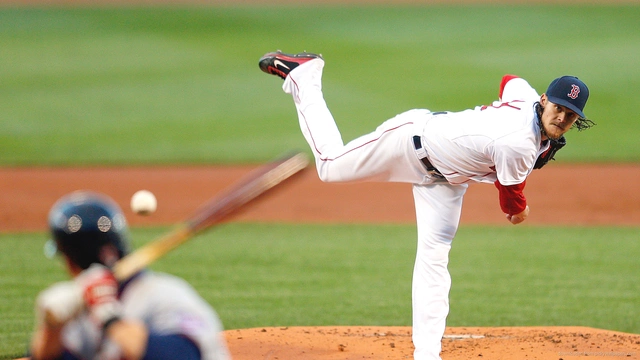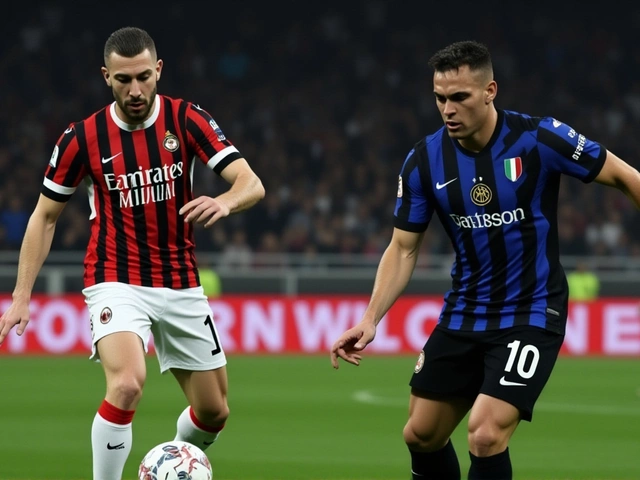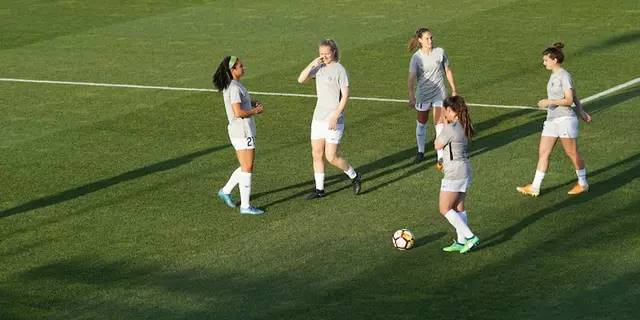Labour Reshuffle in Soccer – What It Means for Fans and Players
Ever noticed how quickly a club can go from steady to chaotic after a coach leaves or a player is loaned out? That’s a labour reshuffle in action. In soccer, staffing changes – from managers to loan signings – can flip a season on its head. Let’s break down why these moves matter and what you should keep an eye on.
Coaching Changes: The Ripple Effect
When a manager steps down or gets hired elsewhere, the whole team feels it. New tactics, training routines, and even dressing‑room culture shift overnight. Take a club that swaps a defensive‑first coach for an attacking‑minded boss – you’ll see players asked to play higher up the pitch, and the midfield may become more aggressive. For fans, this often means new formations to study and fresh player roles to track.
Player Loans and Transfers: Quick Fixes or Long‑Term Plans?
Loan deals are a classic example of a labour reshuffle. Aaron Ramsey’s season‑long loan to Leicester City, for instance, gave Burnley a chance to free up minutes for younger talent while Leicester added top‑flight experience to boost a promotion push. Such moves can solve immediate squad gaps, but they also affect morale. The loanee has to adapt fast, and the parent club must plan for his absence when the loan ends.
Permanent transfers work the same way, just on a bigger scale. A club that sells a star striker must replace goals, often by promoting academy players or splashing cash on a new signing. The balance between short‑term results and long‑term growth is delicate, and fans usually feel the tension during the window.
Off‑field Issues: Pay, Equality and Public Pressure
Labour reshuffle isn’t only about on‑field staff. The push for equal pay among women footballers shows how salary debates can reshape leagues. When clubs commit to closing the gender pay gap, they often overhaul contracts, marketing strategies, and even leadership teams. This kind of reshuffle sends a strong message to players and fans that the club values fairness, which can improve loyalty and attract talent.
Similarly, public apologies after a poor performance, like Ramsey’s apology after a rocky debut, can influence a player’s standing in the squad. It shows accountability and can either restore confidence or expose deeper issues within the club’s culture.
What Should You Watch For?
Stay alert during transfer windows – that’s when most reshuffles happen. Look for statements from club CEOs, manager press conferences, and player interviews. Social media often hints at upcoming moves days before official announcements.
Also, track academy news. Clubs that promote youth players often do so to balance the books after a big sale. A sudden promotion of a teenager can signal a strategic reshuffle aimed at sustainability.
Finally, keep an eye on fan forums and matchday conversations. Supporters quickly pick up on changing tactics or morale shifts, and their reactions can hint at whether a reshuffle is working.
In short, labour reshuffles are the invisible engine that drives a club’s success or struggles. Whether it’s a new coach, a loan deal, or a pay policy, each change reshapes the team’s dynamics. By understanding these moves, you’ll read the game better, predict results, and join the conversation with confidence.

Angela Rayner quit as deputy PM and housing secretary after underpaying £40,000 in tax, prompting Keir Starmer to push through a rapid reshuffle. Twelve ministers were moved and two ousted, including Ellie Reeves, while Ed Miliband and Rachel Reeves stayed put. Pat McFadden now leads a new growth-focused department. Labour insists it’s not a crisis, but the stakes are high. (Read More)






